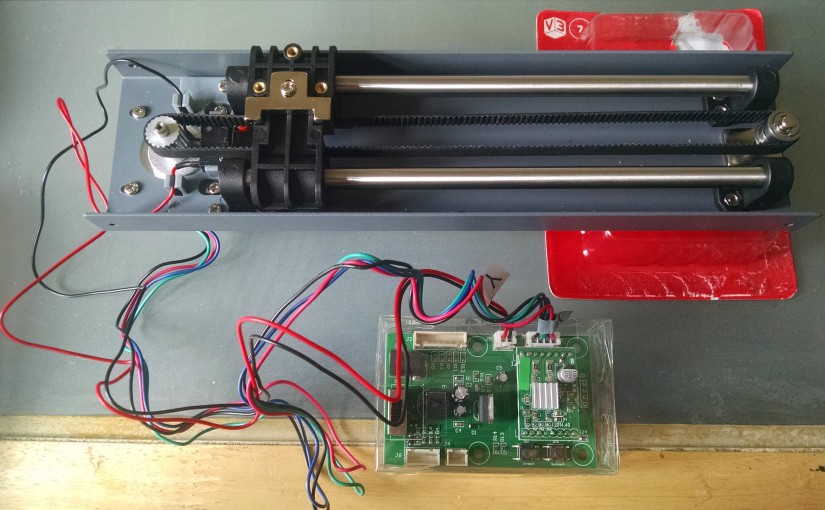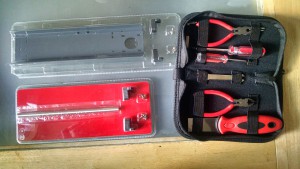
At the ReworkDL conference in Boston last month I listened to a fantastic presentation by Ryan Adams of Whetlab on how they’d created a business to add some science to the art of tuning deep learning engines. I signed up to participate to their closed beta and came back to the UK very excited to use their system once I’d got my architecture in place. Yesterday they announced that they had signed a deal with Twitter and the beta would be closed. I was delighted for the team – the business side of me is always happy when a start-up is successful enough to get attention of a big corporate, although I was personally gutted as it means I won’t be able to make use of their software to improve my own project.
This, for me, is a tragedy. Continue reading Whetlab and Twitter




